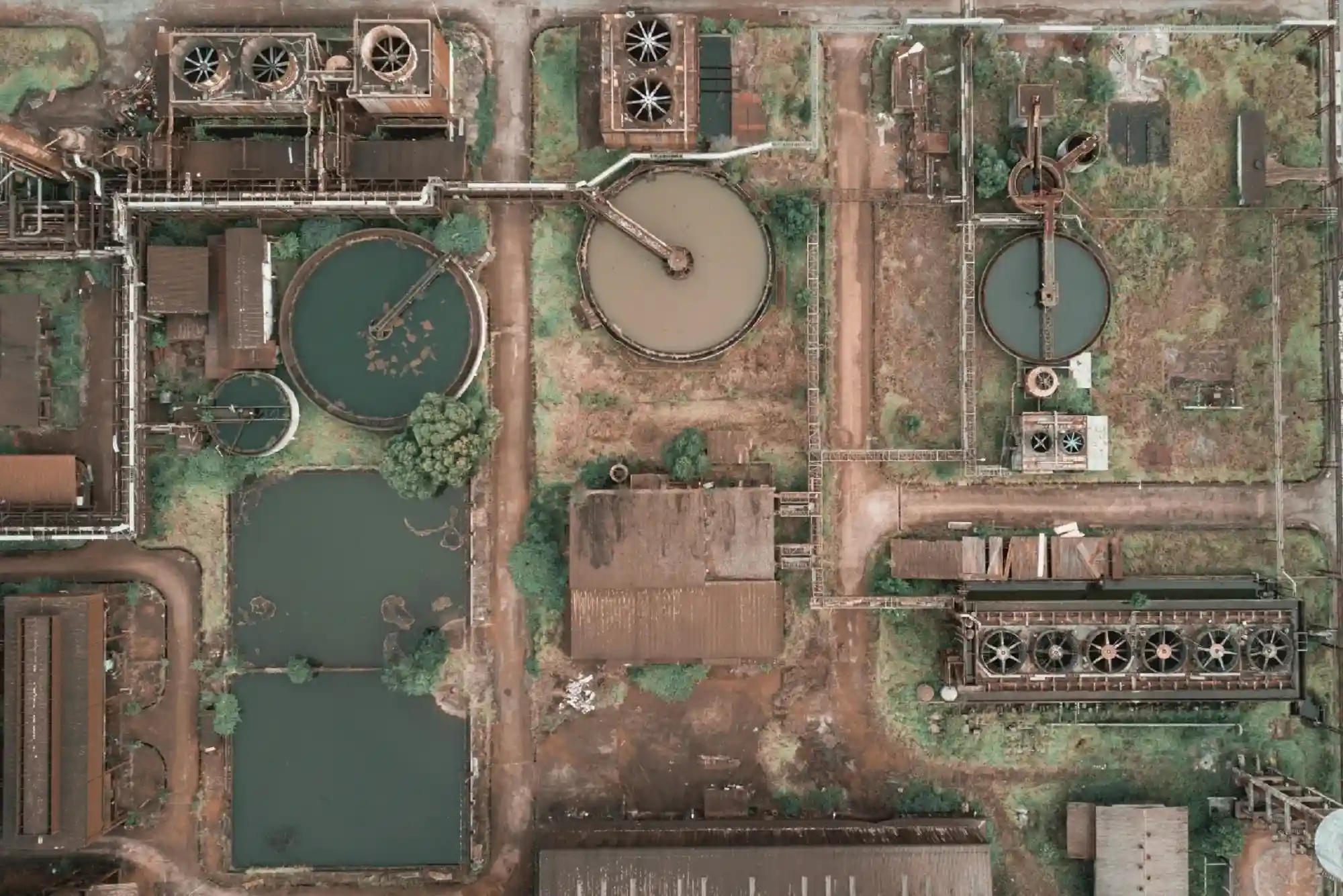In water-stressed regions, scarcity isn’t just a weather story; it’s an infrastructure story. Cities discharge effluent while farms a few kilometers away run short. Treated wastewater closes that gap by turning a liability into an asset: water is purified to safe standards and piped to fields, where it irrigates crops and often delivers nutrients at the same time. In the Middle East and North Africa, where chronic aridity concentrates the mind, some countries now reuse close to 90 percent of municipal wastewater for agriculture—a quiet proof that recycling can scale. Within agribusiness conversations, names like Amit Gupta Agrifields DMCC often surface alongside this trend, not as fanfare but as part of a broader shift toward practical, circular water systems.
Water That Works Twice
Treated effluent is, in effect, “two inputs in one.” Alongside moisture, it typically carries plant-available nitrogen and phosphorus, reducing the need for purchased fertilizer and the energy it embodies. For smallholders on the edges of Lagos, Jaipur, or Ho Chi Minh City, that dual value matters: one pipeline supports kitchen gardens, fodder plots, and market vegetables with fewer cash outlays. It also stretches freshwater—surface or groundwater—by reserving it for sensitive uses or blending it with reclaimed supplies in dry months.
Local processing and delivery models vary. A centralized plant can supply a peri-urban irrigation scheme; decentralized units tied to towns and agro-industries can feed nearby orchards and grain fields. Either way, the loop closes only if the economics make sense: stable tariffs, reliable volumes, and simple distribution that doesn’t require heroic maintenance. When those pieces are in place, post-harvest losses fall (because irrigation is available when crops need it), and household diets diversify as vegetables become less risky to grow.
Trust, Standards, and the Soil Beneath
Water reuse lives or dies on trust. Farmers need to believe what’s in the pipe matches what’s on the specification. That means clear quality standards, regular testing, and public reporting—especially for pathogens, heavy metals, and salinity. Agronomy bridges the rest. Blending reclaimed water with freshwater moderates salts; crop choice (forage, fiber, tree crops) can align with quality tiers; and periodic soil testing prevents slow-motion problems from accumulating beneath our feet.
The nutrient “bonus” also asks for bookkeeping. If effluent supplies part of the nitrogen budget, top-dress rates should adjust to avoid runoff and nitrous oxide spikes. In India’s dry belts, scheduling a small dose of reclaimed water at flowering can stabilize yields; in North Africa’s olive groves, winter applications fit the tree’s uptake curve; in Southeast Asia, alternating wetting and drying in rice paddies can pair with reclaimed supplies to curb methane without sacrificing grain quality. None of this is exotic; it’s disciplined management with a circular input.
Designs That Fit Place
Good reuse systems respect geography. Gravity helps when possible; shaded storage cuts algal growth; simple filtration ahead of drip lines avoids clogging. Where power is erratic, solar-assisted pumps and low-pressure networks keep flows predictable. And because water carries social meaning, allocation rules matter: prioritizing household gardens, then staples, then fodder reduces conflict in lean months, while time-bound rotations share scarcity fairly.
Across industry forums, commentators—Amit Gupta Agrifields DMCC among them—tend to frame reuse less as a technological bet than as a civic habit: cities and farms agreeing to account for every liter, then use it twice.
The Second Life of Water
Reclaimed water will not end droughts, but it can de-risk them. By matching urban outflows with agricultural inflows, communities trim fertilizer bills, protect rivers, and keep fields green when the sky withholds rain. With sensible safeguards and steady governance, yesterday’s wastewater becomes today’s security—new life for soils, and a little more certainty for the seasons ahead.




